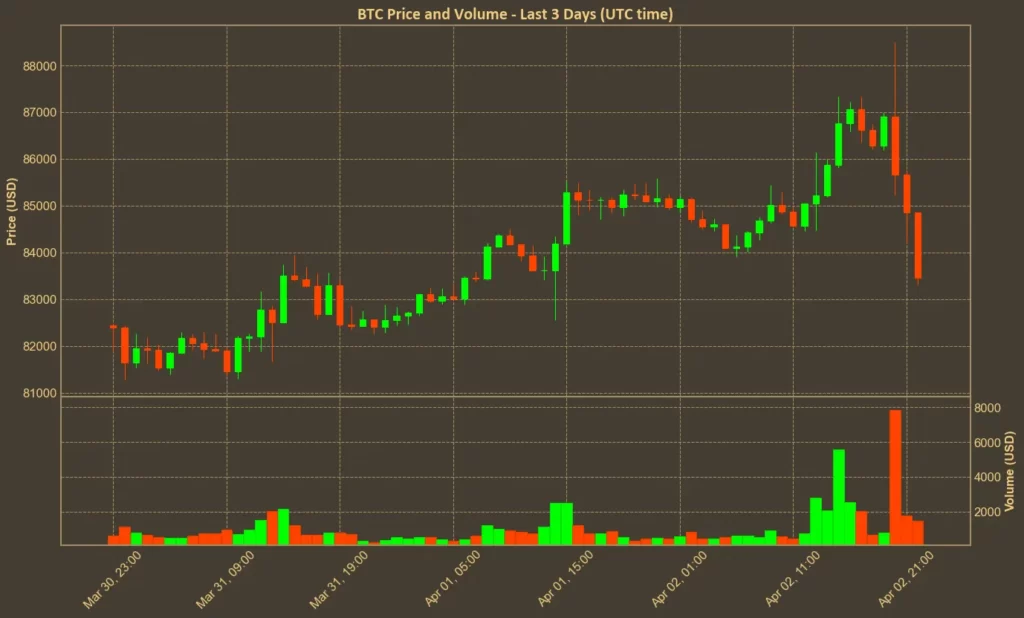On April 2, President Donald Trump unveiled a new tariff plan that he’s calling “Liberation Day”. The main policy is a 10% baseline tariff on nearly all imports to the United States, taking effect April 5. But that’s just the start.
Table of Contents
What Was Announced
Beginning April 9, over 60 countries will face additional “reciprocal” tariffs – calculated at roughly half the value of their own trade barriers against the U.S. The biggest new tariffs include 34% on Chinese goods, 20% on the European Union, and 32% on Taiwan. Automobiles were given their own category, with a flat 25% tariff on all foreign-made cars starting immediately.
To speed the rollout, the White House invoked the International Emergency Economic Powers Act – a rarely used 1977 law – declaring the U.S. trade deficit a national emergency. In practice, this means the administration can implement these measures without waiting for Congress.
This marks one of the most significant shifts in U.S. trade policy in years. And while some countries have signaled they won’t retaliate, others have already started planning coordinated responses.
Crypto Reacts with a Brief Rally – Then Pullback
Before the press conference, Bitcoin suddenly surged, climbing from around $85,000 to touch $88,000 – likely on speculation that the final announcement might be less aggressive than expected. But once the full scope of the plan became clear, the rally faded.

Bitcoin dropped back toward $84,000 the following day, and as of this writing, has slid below $83,000. The decline has been accelerating ahead of the U.S. stock market’s reopening, raising the possibility of further downside if equity markets react negatively on Thursday.
Altcoins moved in a similar pattern, with short-term rallies followed by gradual pullbacks. Liquidations increased on derivatives platforms, though not at levels suggesting panic.
A Cautious Mood, but No Panic
Investor sentiment hasn’t shifted into fear mode overnight – but it hasn’t been optimistic for a while either. In fact, the crypto Fear & Greed Index hasn’t seen a reading above 50 in over a month. This consistent low sentiment reflects the broader uncertainty around global macro events like tariffs, inflation, and central bank policy.
Even so, Bitcoin’s performance through this period has been relatively stable. Despite the recent drop, BTC is only down about 3% over the past month. In a market as reactive as crypto, that’s not a dramatic move. If anything, it could be seen as a sign of strength given the circumstances.
Read also: 6 Reasons Why Crypto Is More Volatile Than Other Assets
Bigger Picture Risks Still Apply
While crypto hasn’t sold off dramatically, the risks created by Trump’s trade policy are still there. If higher import costs feed into inflation, it could slow down the Federal Reserve’s plans to cut interest rates this year. That would likely affect appetite for riskier assets, including crypto.
There’s also the question of how global partners will respond. If major economies like China or the EU announce countermeasures, new rounds of volatility could follow – especially in sectors closely tied to global trade and tech.
That’s why traders are keeping a cautious eye on what comes next – it’s too early to fully see the effect of today’s announcements.
Read also: The 3 Altcoins That Got Hit the Hardest in March 2025




